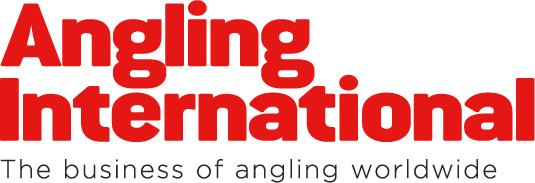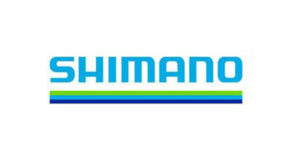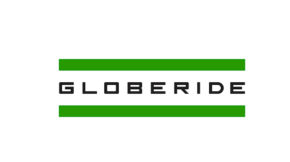Industry insider: Mid-sized predator brands have little to fear from bigger companies
Share

The future of the predator sector lies in the hands of medium-sized businesses that remain close to the local markets they serve.
So says independent lure designer Eric Hourdeaux, who adds that big multinationals will forever be at a disadvantage in an angling world of niche techniques and fast-changing trends.
Hourdeaux owns the HEDS design studio in the south of France, specialising in lure designs and ‘experimenting’ with rod prototypes. Before locating in France, he spent 16 years in China, offering a service to the trade which included sourcing production from Chinese factories. HEDS maintains those links in China, meaning it can handle lure projects from design concept through to sourcing and manufacturing and logistics.
It also means Hourdeaux is perfectly placed to assess the predator sector as it stands today. His verdict? Innovation will always drive tackle sales and there is no future where super-sized companies can triumph over smaller companies with their instincts for local techniques.

“Fishing is a world of niche markets,” Hourdeaux told Angling International: “I can’t seriously think of a trend that will spread over the whole world. Medium-sized companies are in the hands of passionate anglers, work mainly in their local market and they choose to move in a limited number of directions. They are on their own territory, they know their niches perfectly, they know their market, the variety of the fish swimming in the territory and the means to capture them. They are focused on specific products, bringing the best solutions and innovations.”
The creativity of big multinationals, on the other hand, is focused on reducing costs, which means they are not matching regional brands when it comes to meeting local market needs.
“These large companies pass through the hands of one investment fund then another, and during that passage they are emptied of their vital forces. It’s how they look good financially to the next buyer. It means the core business is focused on finance and not on innovative products. They all produce more or less the same items, and all manufacturing is made in the same Asian factories at similar production costs.”
Hourdeaux has seen trends come and go, he says, and ‘so-called revolutionary techniques that absolutely do not work everywhere.’ “The only trend I would agree to talk about today is the rise of crafters workshops, the rise of medium-sized companies and the loss of speed within large international companies.
“Whether mid-sized companies are importers, distributors or brands, they bring great and innovative products, including from the other side of the world made by other mid-sized companies. Yes, they have to be ambitious and flexible, but they will continue to succeed if they keep their management chains short and continue to respond quickly to trends.
“The biggest problems for mid-sized businesses ultimately don’t really come from competing with big companies or AliExpress. Their direct competitors are other medium-sized companies. Otherwise, they need to watch out for violent changes in fishing trends, economic crises and poor environmental conditions.
“That said, I think that the future of mid-sized companies is through the internet with direct sales to anglers. I think the only retailers playing their part will be the ones with experience who bring value through advice.”
And there is one silver lining for bigger companies too. Not surprising, given the nature of Hourdeaux’s business. But he makes a good case for design studios in the development process.

“Working with a design studio or handing over to a qualified angler for gear design should be a rule when the companies themselves are focused almost exclusively on the commercial and financial aspects of their businesses,” he says.
“To embark on a truly new approach, to be innovative, you have to think outside the box, and that is impossible when your business structure is essentially designed to think about the bottom line.”
Want to work with a studio like HEDS? Follow these 5 steps to success
- Be clear about what you want to achieve
Says Hourdeaux: “I will need to understand deeply what you are looking for, so I can do my best to support the brand with a new creation. It must be clear to you first – and we will work to make sure it is – because if you change your mind halfway through, you will end up paying twice.” - Understand what you are paying for
When it comes to industrial design, tackle brands often focus on the physical end product and budget for that only. “But don‘t forget there are non-material services too,” says Hourdeaux. Think about the advice on branding and the direction of the project and also about the time the designer spends understanding the market and testing lures on the water. - Know your business’s history
A brand’s history makes it unique and often points to its future direction. “If I notice there is a break with the past, I will look to reconnect those links,” says Hourdeaux. “It’s often the first step to renewal.” So, be prepared to discuss brand values for a better final outcome. - Don’t be overly ambitious
It is okay to think big, but be aware of the limitations of a project – human and financial. Don’t come to a designer with a complex concept that you are overly attached to, because there will be compromises. - And don’t copy
Or, rather, don’t ask the designer to make you a copy of another product. Or give away secrets of other clients or even suppliers. You are making a partnership. Consider his business as well as your





